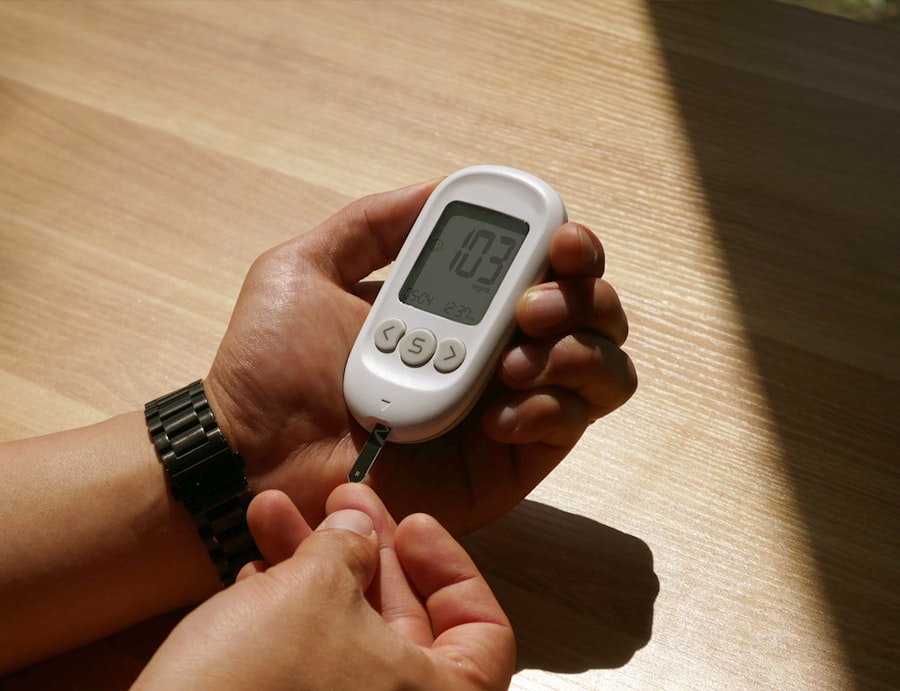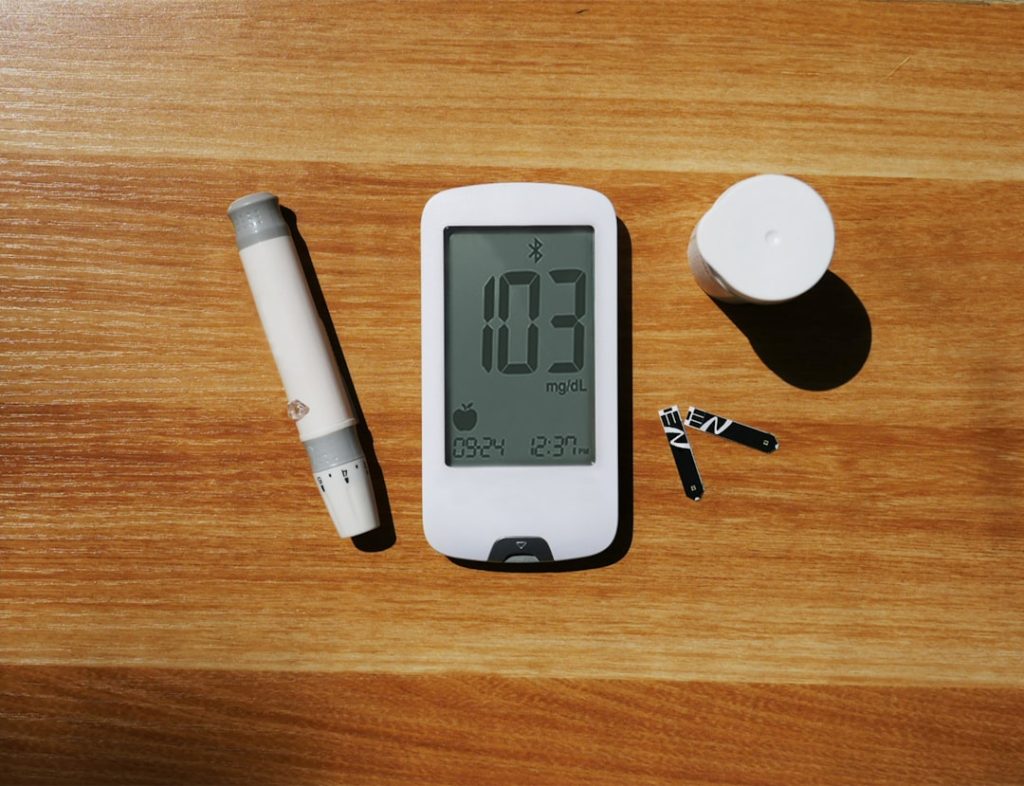Hyperglycemia, or high blood sugar, is a condition that occurs when your body has an excess of glucose in the bloodstream. This can happen for various reasons, including insufficient insulin production, insulin resistance, or excessive carbohydrate intake. When you experience hyperglycemia, your body struggles to convert glucose into energy, leading to a range of symptoms that can affect your daily life.
You may notice increased thirst, frequent urination, fatigue, and blurred vision. Understanding these symptoms is crucial for managing your health effectively. Recognizing the signs of hyperglycemia is the first step toward taking control of your condition.
If you find yourself feeling unusually thirsty or needing to urinate more often than usual, it may be time to check your blood sugar levels. Ignoring these symptoms can lead to more severe complications, such as diabetic ketoacidosis or long-term damage to your organs. By being aware of what hyperglycemia feels like, you empower yourself to take action and seek the necessary treatment before it escalates into a more serious issue.
Monitoring Blood Sugar Levels
Regularly monitoring your blood sugar levels is essential for managing hyperglycemia effectively. You should consider investing in a reliable glucose meter that allows you to check your levels at home. This practice not only helps you understand how your body responds to different foods and activities but also enables you to make informed decisions about your health.
By keeping a log of your readings, you can identify patterns and trends that may require adjustments in your treatment plan. In addition to self-monitoring, it’s important to schedule regular check-ups with your healthcare provider. They can help you interpret your blood sugar readings and provide guidance on how to maintain optimal levels.
Your doctor may recommend continuous glucose monitoring systems that provide real-time data on your blood sugar fluctuations throughout the day. This technology can be particularly beneficial for those who struggle with maintaining stable glucose levels, as it allows for immediate adjustments in diet or medication when necessary.
Adjusting Medication and Insulin

When it comes to managing hyperglycemia, adjusting your medication and insulin regimen is often necessary. If you find that your blood sugar levels remain consistently high despite following a healthy lifestyle, it may be time to consult with your healthcare provider about modifying your treatment plan. This could involve increasing the dosage of your current medication or switching to a different type altogether.
It’s essential to work closely with your doctor to find the right balance that works for you. Insulin therapy is a common approach for those with diabetes who experience hyperglycemia. You may need to learn how to administer insulin injections or use an insulin pump effectively.
Understanding how different types of insulin work—such as rapid-acting, long-acting, or intermediate-acting—can help you manage your blood sugar levels more effectively. Your healthcare provider can guide you on when and how much insulin to take based on your daily activities and dietary choices.
Implementing a Healthy Diet
A well-balanced diet plays a pivotal role in managing hyperglycemia. You should focus on incorporating whole foods that are low in refined sugars and high in fiber. Foods such as whole grains, lean proteins, fruits, and vegetables can help stabilize your blood sugar levels.
It’s also important to pay attention to portion sizes and meal timing; eating smaller, more frequent meals can prevent spikes in glucose levels throughout the day. Carbohydrate counting is another effective strategy for managing your diet. By understanding how many carbohydrates are in the foods you eat, you can better predict how they will affect your blood sugar levels.
Pairing carbohydrates with protein or healthy fats can also slow down the absorption of glucose into the bloodstream, helping you maintain more stable levels. Consulting with a registered dietitian can provide personalized guidance tailored to your specific needs and preferences.
Staying Hydrated
Staying hydrated is often overlooked but is crucial for managing hyperglycemia effectively. When blood sugar levels rise, your body attempts to eliminate excess glucose through urine, which can lead to dehydration. Drinking plenty of water throughout the day helps flush out toxins and supports overall bodily functions.
Aim for at least eight glasses of water daily, but adjust this amount based on your activity level and climate. In addition to plain water, consider incorporating hydrating foods into your diet, such as cucumbers, watermelon, and oranges. These foods not only provide hydration but also offer essential vitamins and minerals that support overall health.
Be cautious with sugary drinks like sodas and fruit juices, as they can cause rapid spikes in blood sugar levels. Opting for herbal teas or infused water can be refreshing alternatives that keep you hydrated without compromising your health.
Exercising Safely

Regular physical activity is an essential component of managing hyperglycemia and improving overall health. Exercise helps lower blood sugar levels by increasing insulin sensitivity and promoting glucose uptake by muscle cells. However, it’s important to approach exercise safely, especially if you have diabetes or other underlying health conditions.
Before starting any new exercise regimen, consult with your healthcare provider to ensure it’s appropriate for you. When exercising, consider monitoring your blood sugar levels before, during, and after physical activity. This practice will help you understand how different types of exercise affect your glucose levels and allow you to make necessary adjustments in your diet or medication.
It’s also wise to carry a source of fast-acting carbohydrates—such as glucose tablets or fruit juice—during workouts in case of hypoglycemia (low blood sugar). Finding activities you enjoy will make it easier to stay consistent with your exercise routine.
Managing Stress
Stress can significantly impact blood sugar levels, making stress management an essential aspect of controlling hyperglycemia. When you experience stress, your body releases hormones like cortisol and adrenaline that can raise blood sugar levels. Therefore, finding effective ways to manage stress is crucial for maintaining stable glucose levels.
Consider incorporating relaxation techniques such as deep breathing exercises, meditation, or yoga into your daily routine. Additionally, engaging in hobbies or activities that bring you joy can serve as a great stress reliever. Whether it’s painting, gardening, or spending time with loved ones, prioritizing activities that make you happy can help reduce stress levels over time.
Remember that it’s okay to seek support from friends, family, or mental health professionals if you’re feeling overwhelmed; talking about your feelings can provide relief and help you develop coping strategies.
Seeking Medical Help
While self-management strategies are vital for controlling hyperglycemia, there may be times when professional medical help is necessary. If you notice persistent high blood sugar levels despite making lifestyle changes or adjusting medications, don’t hesitate to reach out to your healthcare provider. They can conduct further evaluations and determine if additional interventions are needed.
In some cases, hospitalization may be required if hyperglycemia leads to severe complications such as diabetic ketoacidosis or hyperglycemic hyperosmolar state. Recognizing the signs of these conditions—such as extreme thirst, confusion, or difficulty breathing—is crucial for seeking timely medical assistance. By staying proactive about your health and maintaining open communication with your healthcare team, you can effectively manage hyperglycemia and reduce the risk of complications in the long run.
